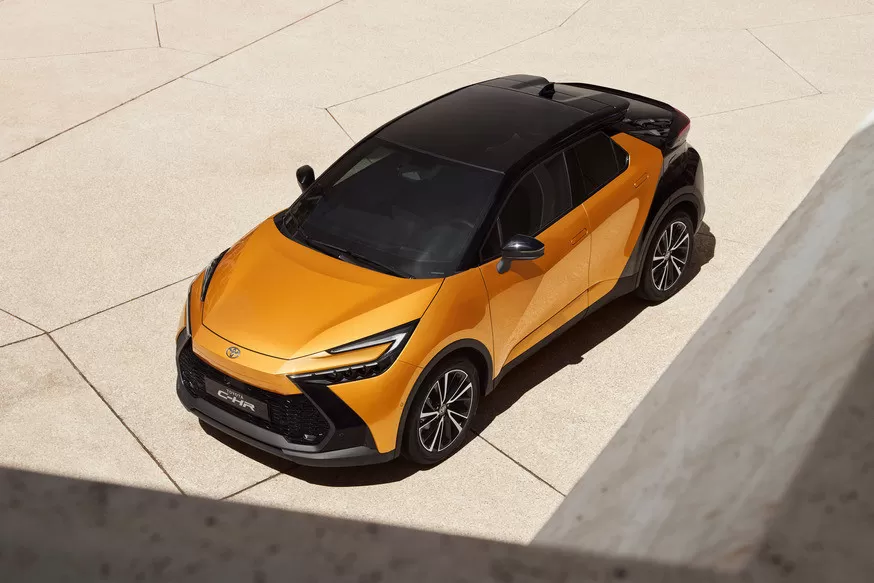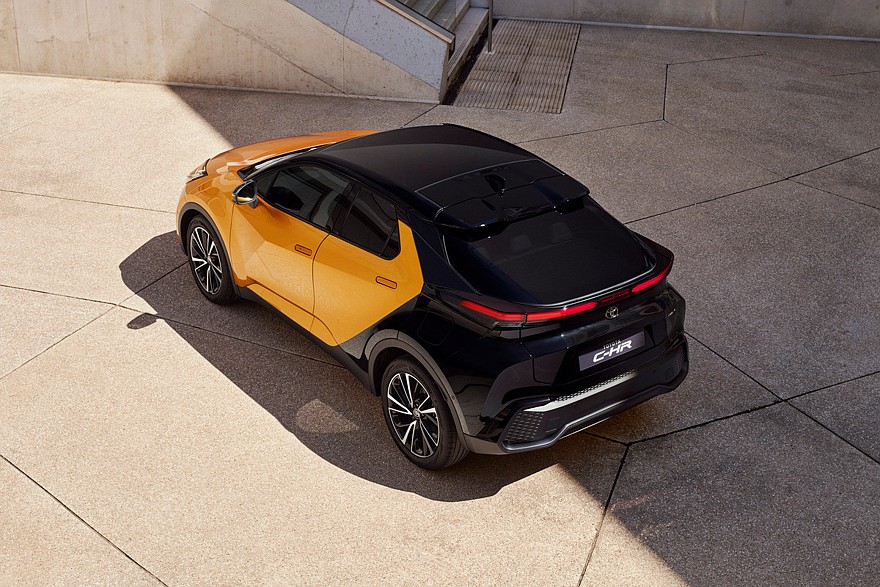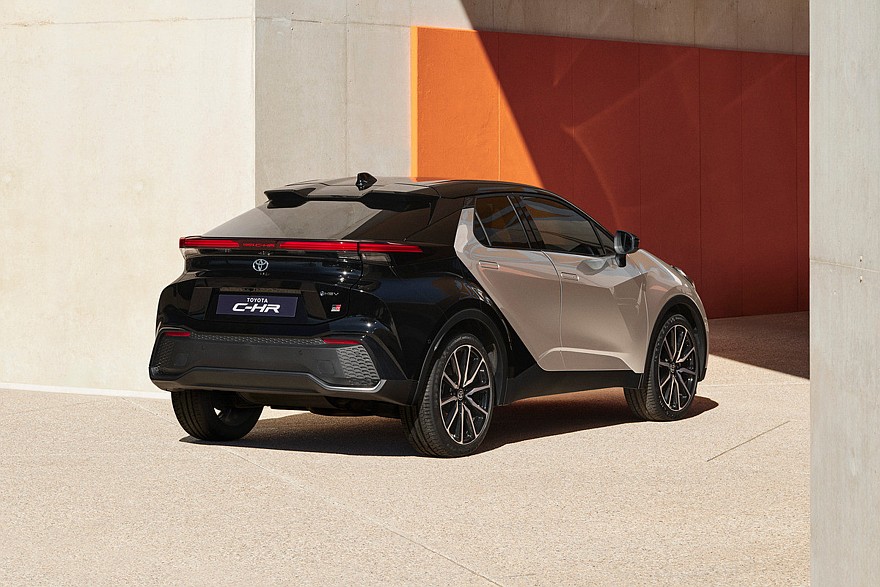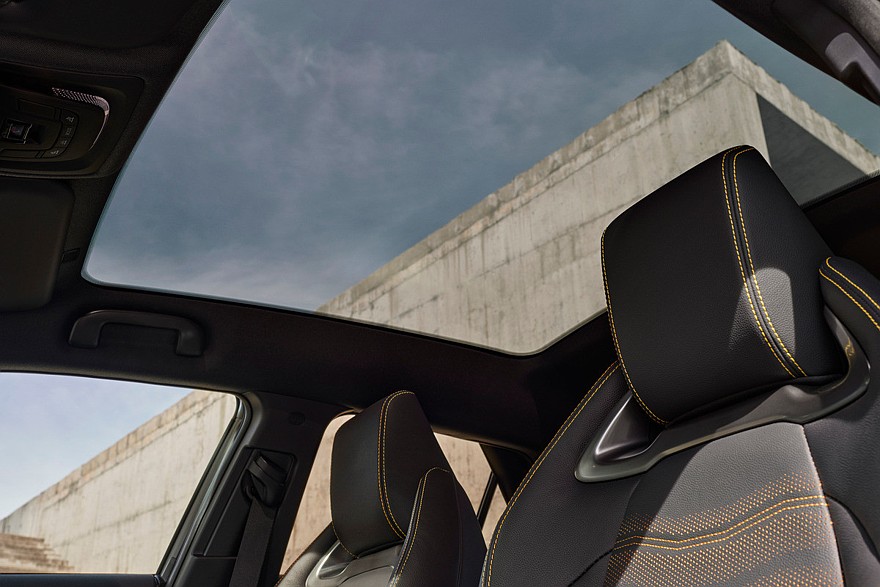In Europe, the unique-looking Toyota C-HR crossover is exclusively offered as a hybrid, with several hybrid versions available.
The global premiere of the second-generation Toyota C-HR SUV took place in the summer. As announced by the company at that time, the model was primarily developed for the Old World, and it will still be produced at Toyota’s Turkish plant. The official sales launch is scheduled for the beginning of next year, but prices and orders are already available in some European countries, including Germany and France.

In the new generation, the crossover retains the GA-C platform, with the wheelbase remaining the same (2640 mm). However, the length of the vehicle has been reduced by 25 mm to 4360 mm, while its width has increased by 25 mm (now 1830 mm). The exterior is designed in the brand’s new signature style, featuring C-shaped headlights (similar to the latest Prius), retractable door handles, and rear taillights integrated into a single panel. Inside, there’s a 12.3-inch digital instrument cluster (standard) and a new multimedia system with over-the-air updates and smartphone remote access (tablet size depends on the trim level).
As promised during the presentation, in Europe, the Toyota C-HR is only available with hybrid powertrains based on gasoline engines, and all versions come with an electrified CVT. The base model features a 1.8-liter naturally aspirated engine (98 hp) combined with an electric motor producing 94 hp, resulting in a total output of 140 hp. This version is available with front-wheel drive only. The mid-range hybrid variant comes with a 2.0-liter engine (152 hp), equipped with a 111 hp electric motor for front-wheel-drive models, and an additional 41 hp electric motor on the rear axle for all-wheel-drive versions. Total output remains the same at 198 hp, regardless of the drivetrain type. These hybrids are equipped with a 0.98 kWh battery.
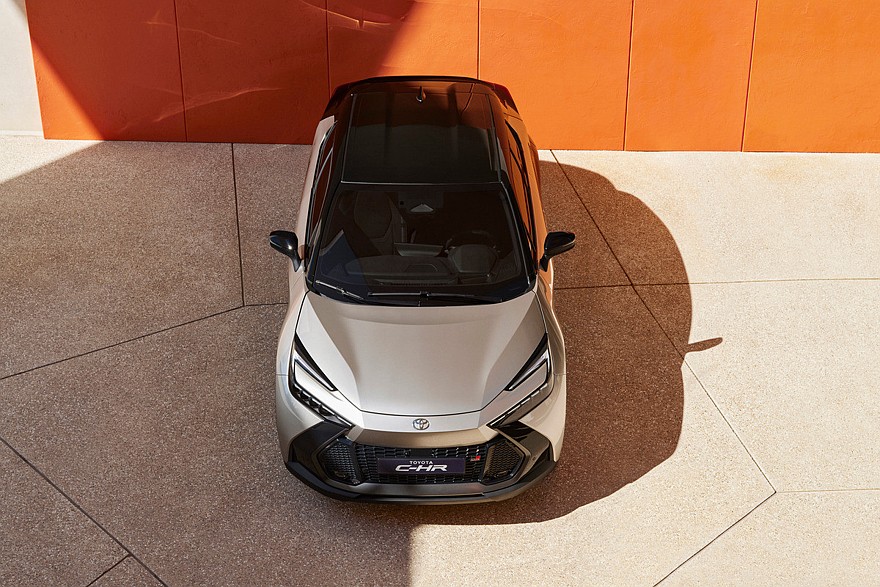
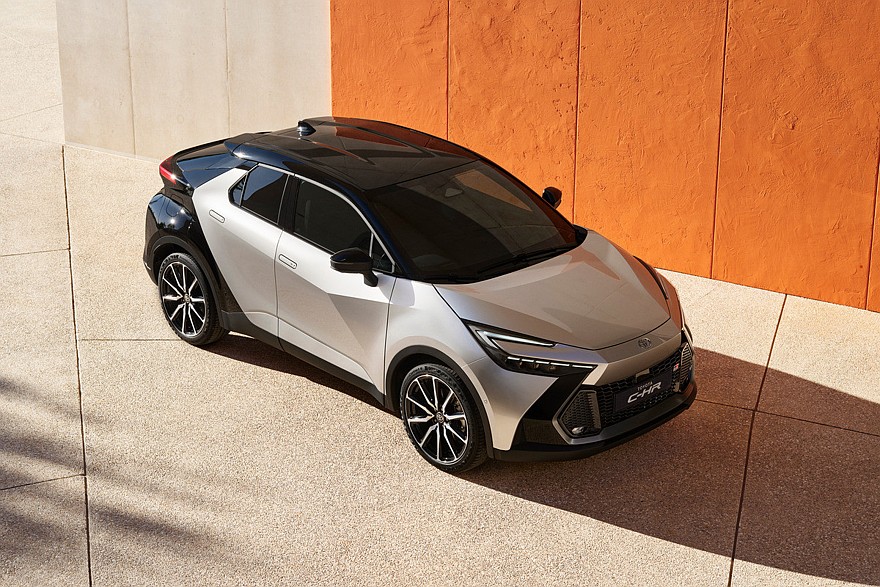

The top-tier version of the Toyota C-HR is the plug-in hybrid (PHEV), featuring a similar 2.0-liter gasoline engine but with an electric motor producing 163 hp, resulting in a combined output of 233 hp. Underneath the rear seat of the Toyota C-HR PHEV lies a 13.8 kWh battery, allowing the vehicle to travel up to 66 km on electric power alone. However, it’s worth noting that the plug-in hybrid variant does not offer all-wheel drive.
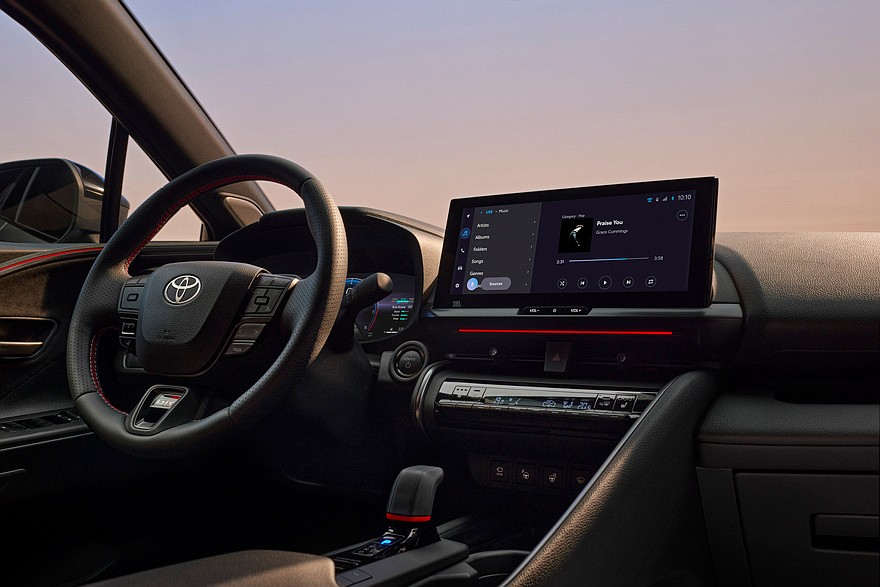
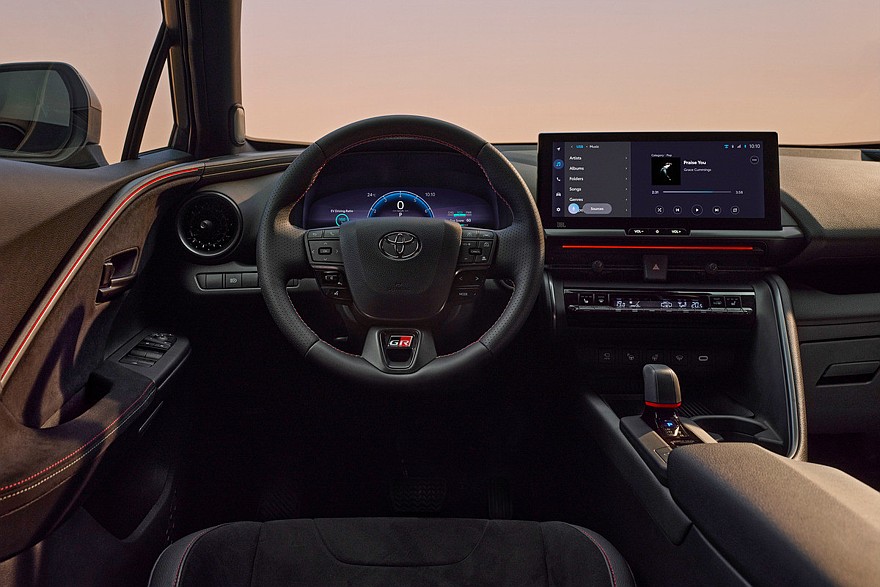
For the French market, the Toyota C-HR is available in four primary trim levels and two “welcome” versions. The base model, Dynamic, comes with 17-inch wheels, LED headlights, a rain sensor, an 8-inch multimedia screen, a rearview camera, dual-zone climate control, and the Toyota Safety Sense suite. The Design trim adds 18-inch wheels, front parking sensors, rear cross-traffic alert, ambient interior lighting, heated front seats, and a heated steering wheel. The Collection version includes 19-inch wheels, wireless smartphone charging, a power tailgate, and a 12.3-inch multimedia system with a tablet-like display. The Toyota C-HR GR Sport offers a sportier appearance and the equipment level of the Collection trim. The special variants, Collection Premier and GR Sport Premier, additionally feature a head-up display, a panoramic roof (without a sunroof), adaptive high beams, and a surround-view camera system. The GR Sport variant comes with 20-inch wheels.
In Germany, there are fewer trim levels available (but the “welcome” versions are also present). The base Team Germany version includes 18-inch wheels, a large screen, heated steering wheel, and heated front seats.
In France, the prices for the regular hybrid versions of the Toyota C-HR range from €34,900 to €49,400, while the Toyota C-HR PHEV is priced between €44,900 and €53,400. In Germany, the model is a bit more expensive, with the base version starting at €38,190, and the plug-in hybrid version starting at €48,990.







